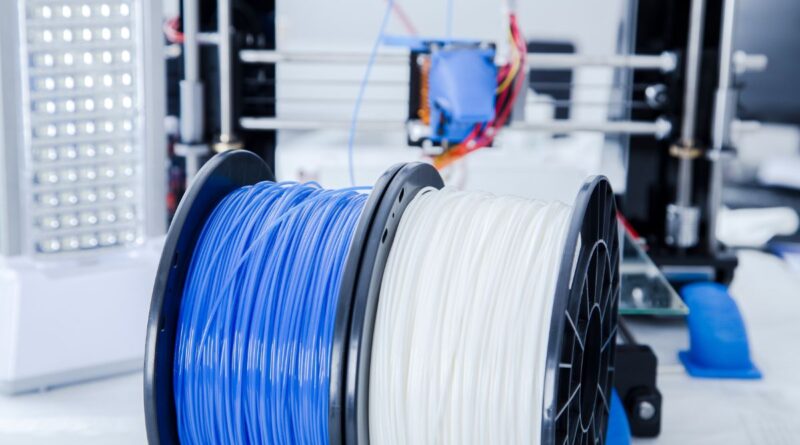TPU (Thermoplastic Polyurethane) filament has revolutionized the way I approach flexible 3D printing projects. This remarkable material combines elasticity with durability, making it perfect for creating flexible, rubber-like objects. Whether you’re new to 3D printing or an experienced maker, understanding TPU’s unique properties can open up exciting possibilities for your projects. Let me share my insights about this versatile material.
Spis treści:
What Makes TPU Special?
TPU stands out among 3D printing materials due to its exceptional flexibility and resilience. When I work with TPU, I notice its rubber-like properties that allow printed objects to bend and stretch without breaking. The material has excellent wear resistance, maintains its properties across a wide temperature range (-50°C to 120°C), and shows remarkable chemical resistance. These characteristics make it ideal for creating functional parts that need to withstand repeated stress and strain.
Printing Properties and Settings
I’ve found that successful TPU printing requires specific settings and considerations. The optimal printing temperature typically ranges between 210-230°C, while the bed temperature should be set around 30-60°C. I always recommend using a direct drive extruder for TPU, as its flexible nature can make it challenging to print with Bowden setups. Print speed should be kept relatively slow, usually between 20-30mm/s, to ensure proper layer adhesion and prevent stringing.
Common Applications
I’ve seen TPU excel in various applications. Its flexibility makes it perfect for printing phone cases, protective covers, and shock-absorbing components. The material’s durability shines in creating functional parts like wheels, gaskets, and custom grips. In the automotive industry, TPU proves valuable for producing seals and vibration dampeners. For wearable technology, its skin-friendly properties make it suitable for watch straps and other accessories.
Storage and Handling
TPU filament is hygroscopic, meaning it absorbs moisture from the air. I always store my TPU spools in airtight containers with desiccant packets. Before printing, if the filament has been exposed to humid conditions, I recommend drying it at 45-50°C for 4-6 hours. Proper storage significantly impacts print quality and helps maintain the material’s properties over time.
Troubleshooting Common Issues
When printing with TPU, I occasionally encounter challenges like stringing or under-extrusion. To combat stringing, I adjust retraction settings carefully – usually using shorter retraction distances (0.5-2mm) with higher retraction speeds. For under-extrusion, I ensure the filament path is as direct as possible and the extruder tension is correctly set. Print bed adhesion can be improved by using a clean, slightly textured surface or applying a thin layer of glue stick.
Environmental Impact
I consider TPU’s environmental aspects important to discuss. While the material is technically recyclable, the process isn’t as straightforward as with other plastics. However, TPU’s durability often means printed parts last longer, reducing the need for replacements. Some manufacturers now offer eco-friendly TPU variants made from renewable resources, providing more sustainable options for environmentally conscious makers.
